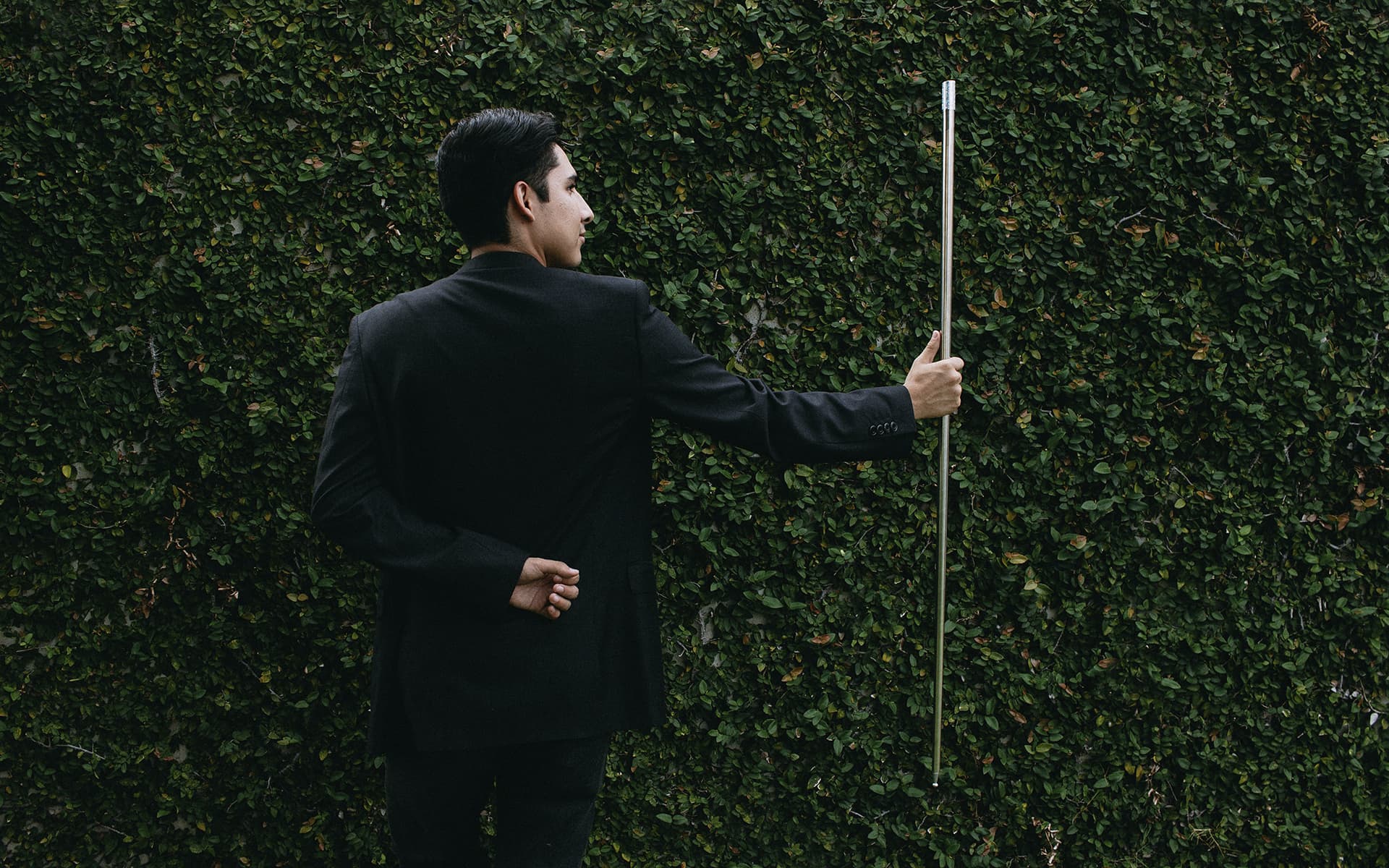Magician Training
This is a one-day practical course to continue the magic. There will be many exercises in misdirection, dramatic and deceptive structure. We will look at magic theories, apply them and discuss them in the context of performances. We will work from early morning to late evening and you will find it challenging and rewarding.
The instructors are authors of several technical books on the art of magic, performers, consultants, speakers, creators and teachers of the subject.
After the workshop, you will:
- Gain a deeper understanding of the misdirection of dramatic techniques and non-linear methods.
- Understand the principles of object permanence and amodal completion
- Gain better language to make it easier to discuss, research, and experiment with colleagues in magic and related fields of art in a convincing way.
Basic exercises:
- Conflict and effect
- Body awareness
- Body and magic
- Crossing the gaze – advanced
- Breaking the “lines”
- Setting the intention.
- Permanence of the object and amodal completion
- The trick that cannot be explained
- Text and voice
- Updating the classics (Coins across/ Coins through the table)
For props lessons:
It is good if you have clothes that you do not have to be very careful with, preferably clothes made of natural fabrics (cotton, linen…). Tight-fitting clothes are better than loose clothes that can catch on things. Closed-toe shoes are preferable. And an elastic band to tie your hair if it is long.
To perform exercises on misdirection:
take a few coins of a size that you can comfortably hold in your palm.
Also, bring along some identical small objects that are comfortable in the palm of your hand (maybe small rubber balls, Cups & Balls, small toys, marbles, pebbles from the ground… anything).
And one object that can act as a magic wand (wand, shin, large pencil, drink stirrer… anything)
For structure exercises and regular construction:
you need to bring 3-5 simple and short tricks that you can perform. It doesn’t have to be good or advanced (it can even be something from a magic kit for kids). But they should be different, not too similar. The goal is to learn how to build the structure of a routine or action, so the nature and quality of the actual tricks are not important. The simpler the better.
For creativity exercises:
bring a small set of your favorite solutions.
If you like to use magnets and ropes to solve magic problems, bring magnets and ropes.
If you often solve magic problems by gluing things together; bring glue.
If you tend to use black magic; bring black material.
